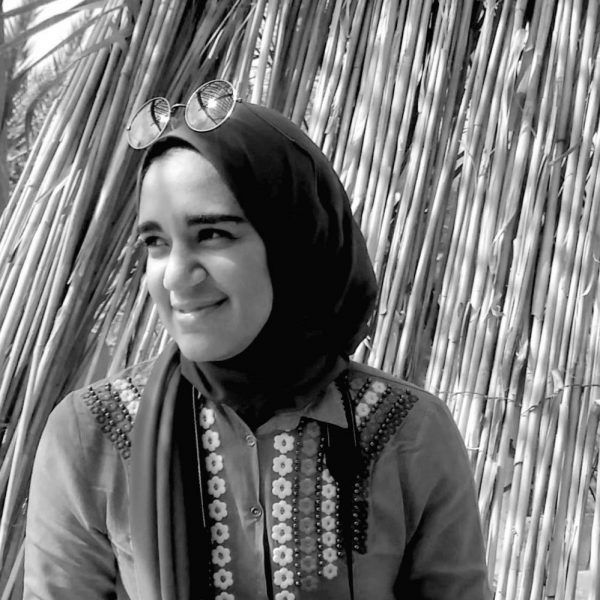
Deena El-Mahdy is an Egyptian architect and Assistant professor at Architectural Engineering Department at the British University in Egypt.
She contributed to many projects related to additive manufacturing techniques in construction. Deena was shortlisted in Tamayouz Excellence Award for Women in Architecture in 2019. Her research focuses on material science, additive manufacturing techniques, and robotics in construction where she is trying to establish a hub that can flourish the economy in the MENA region with international institutions’ collaborations.
Nora Toure: Deena, could you let us know about your background and your journey to Additive Manufacturing (AM)?
Deena El-Mahdy: I am an architect and assistant professor at the British University in Egypt, and I have been teaching since 2010. I graduated from Cairo University, faculty on engineering, Architectural Engineering department in 2010 where I obtained my MSc. and Ph.D. from the same university in 2013 and 2018 respectively.
In early 2012, I attended the first digital fabrication workshop that changed my way of thinking through looking at things differently. I started to study material sciences and how to reuse and recycle the materials to decrease waste in construction.
I was exposed to different rules in nature where I studied deeply the behavior of the organisms and the logic beyond them. Revisiting nature introduced me to the biomimicry approach which is depending on mimicking nature and the organisms through their dealing with the surrounded environment and adapting with. This offered an inspiration tool and technique that can be reflected in architecture.
My passion for photography, especially in insects, and the curiosity beyond them allowed me to discover a lot of similarities between their behavior in constructing their colonies comparing to our building techniques. These similarities enabled me to explore different way of sustainable building methods in which they follow.
Through exploring ants, termites, bees, and wasps which they are depending on natural earthen materials available in their environment, I started to realize the similar ways they follow during the construction with the 3D printing.
Both techniques were about addition where the materials are added layer by layer. I can say that photography took me deep inside approaching the Additive Manufacturing. Accordingly, my study started to focus more on the sustainable approaches the insects follow through their building techniques and eco-friendly materials they used as vernacular architecture.
By this exposure, I followed the wasp’s technique in producing the materials in which the 3D printing mechanism is mimicking wasps’ behavior. From this perspective, I tracked the same method trying to merge the available materials and new computational techniques that would provide a lot of material and resources.
Since then, my research became more focusing on additive manufacturing especially 3D printing in which this method allows using the minimum amount of needed materials and less waste generating complex forms where my message is following the concept of ” The concept of Think Globally and act locally”.
I found a passion through attending and learning new ideas where I have attended more than 22 hands-on workshops related to digital fabrication, materiality and robotic construction where I believe these techniques can change the way we follow in our construction in the future.
Read the rest at Women in 3D Printing
